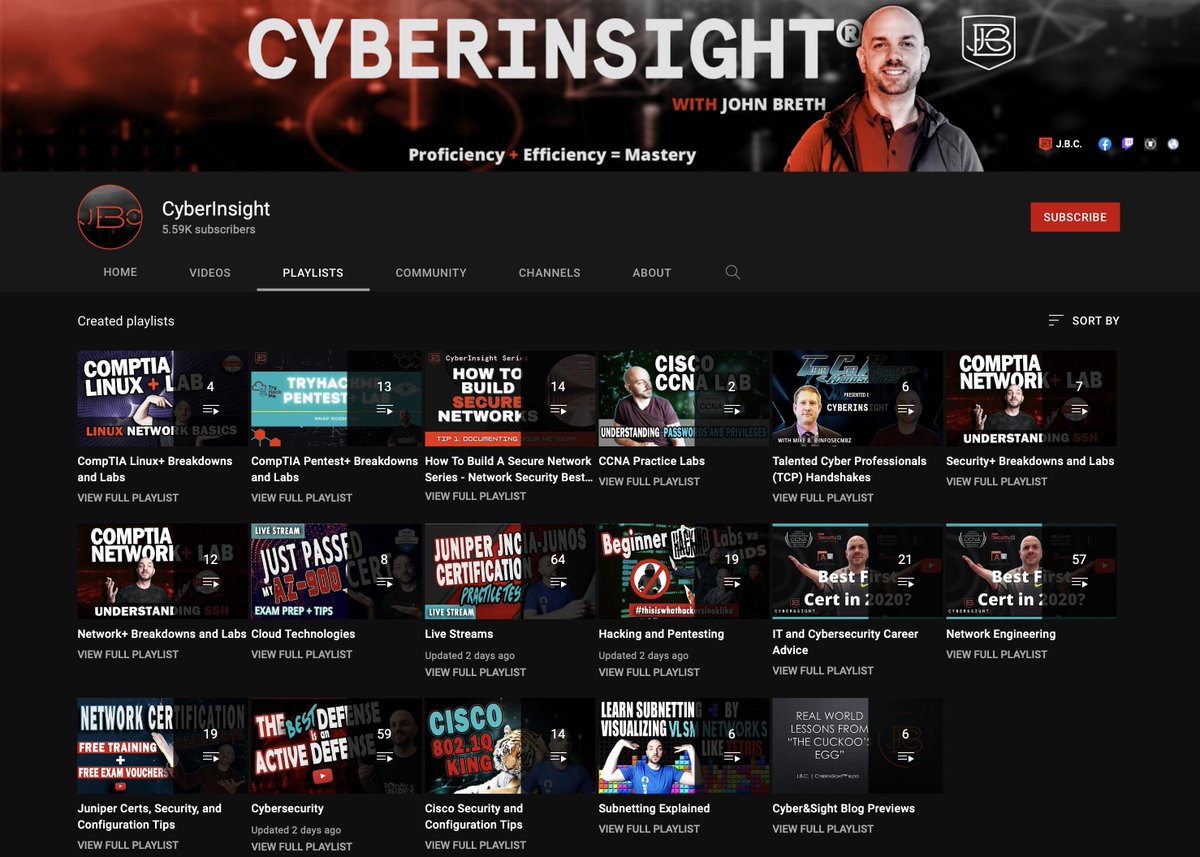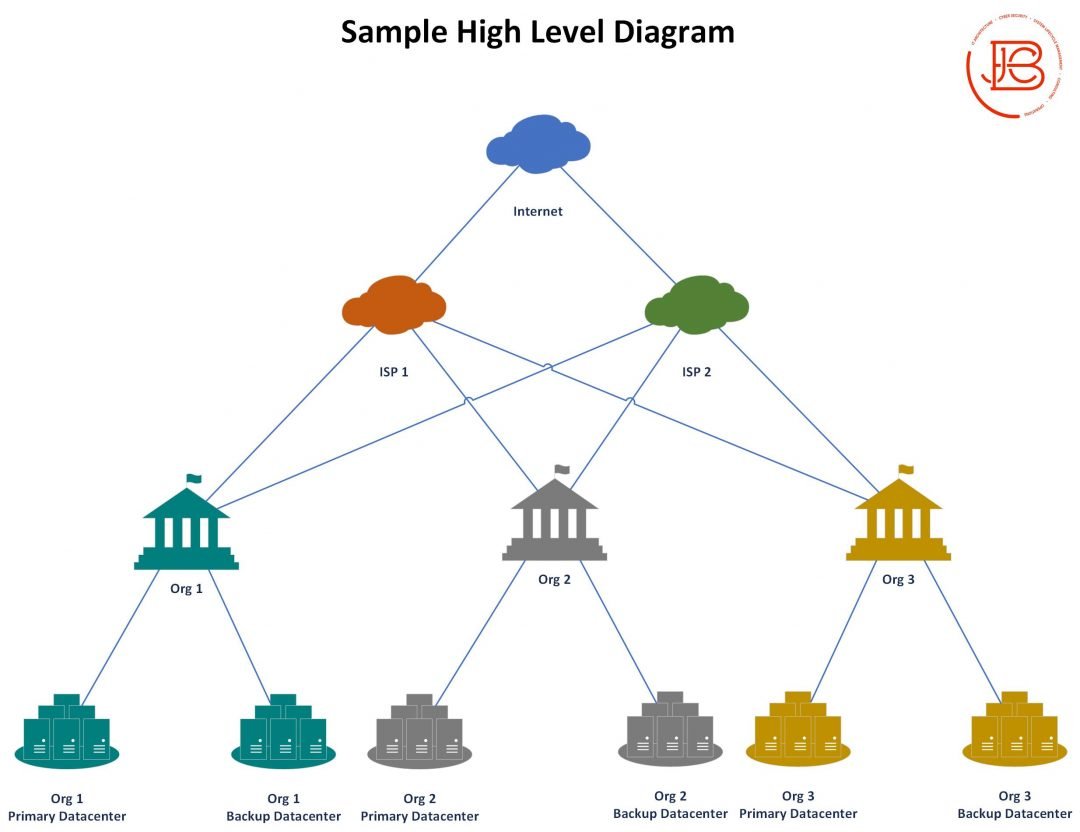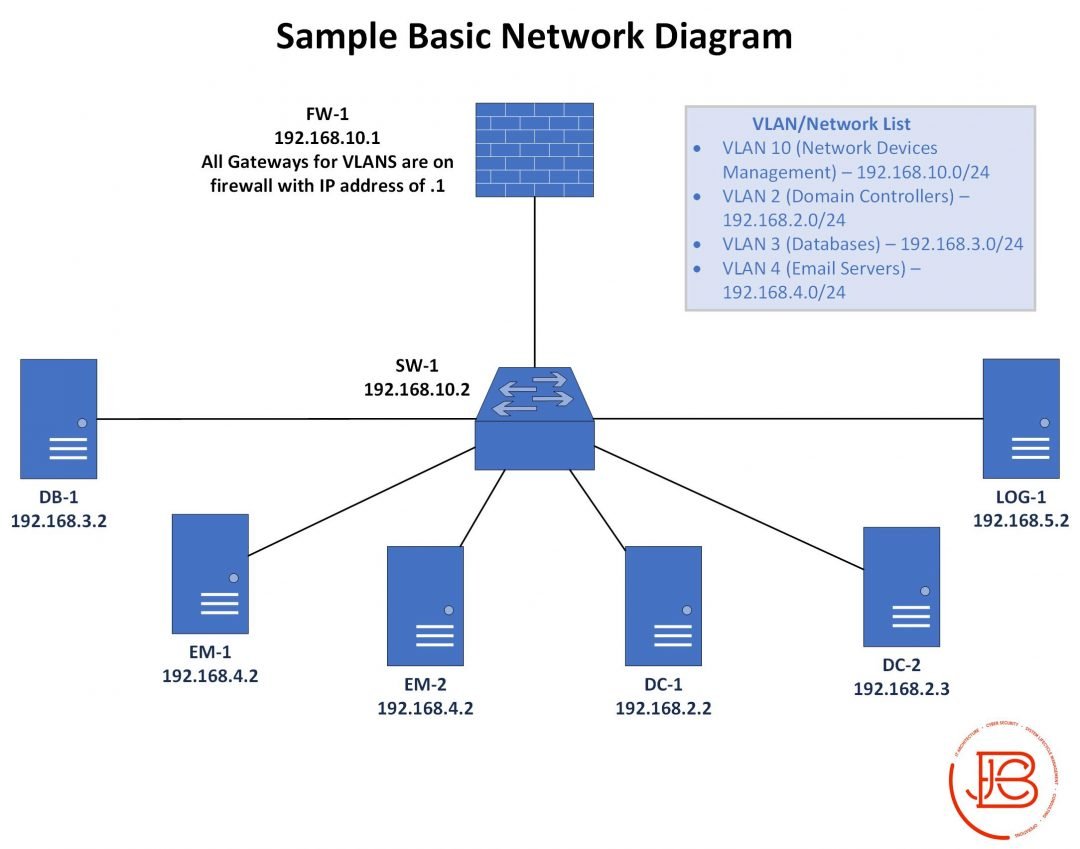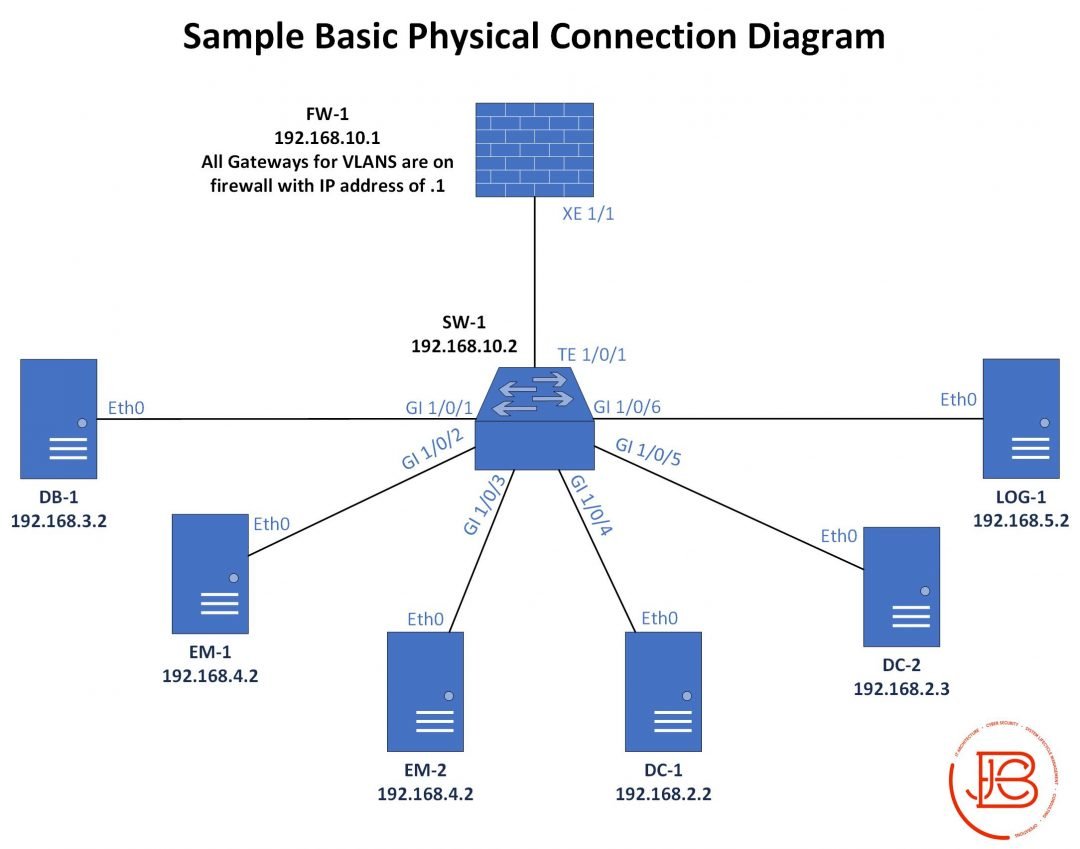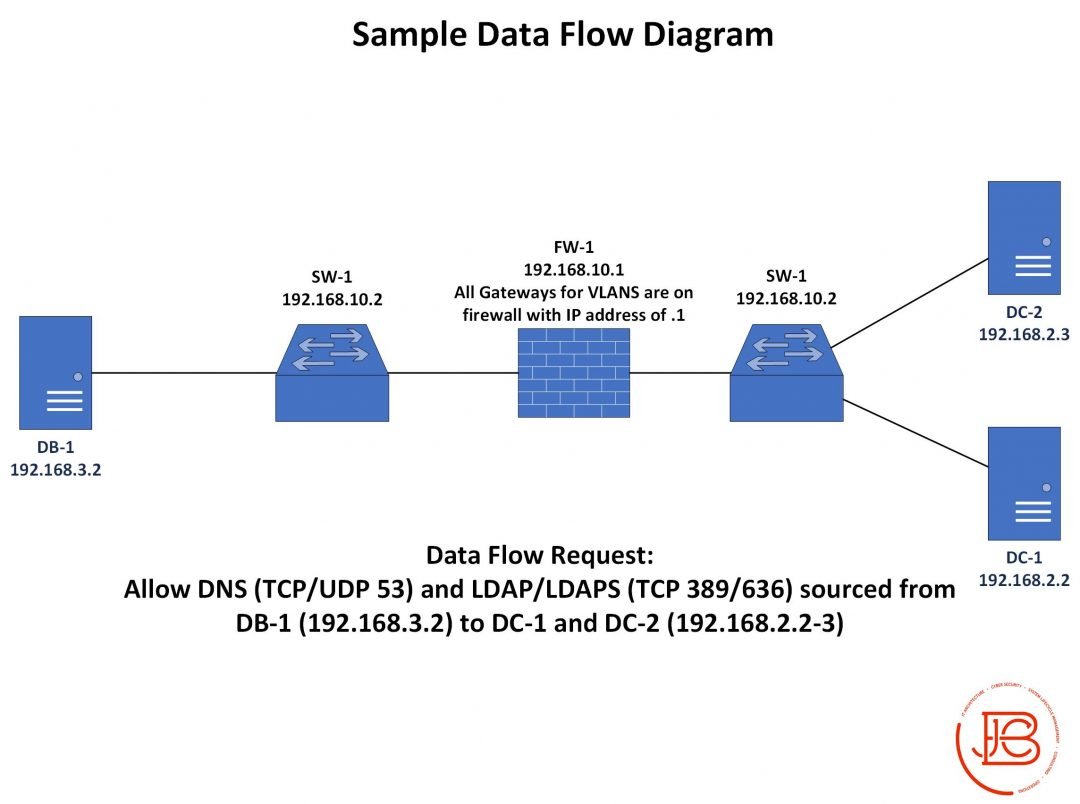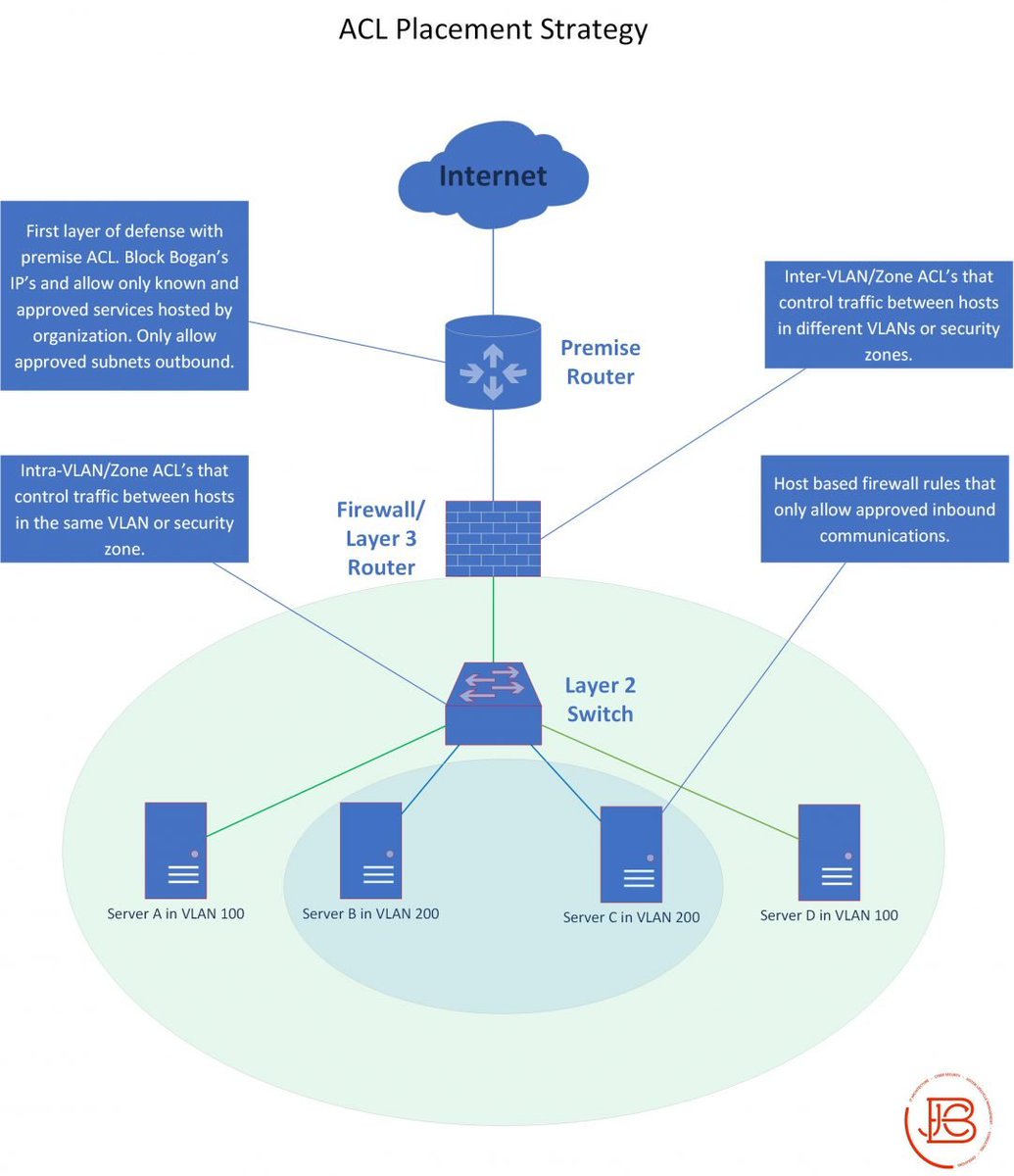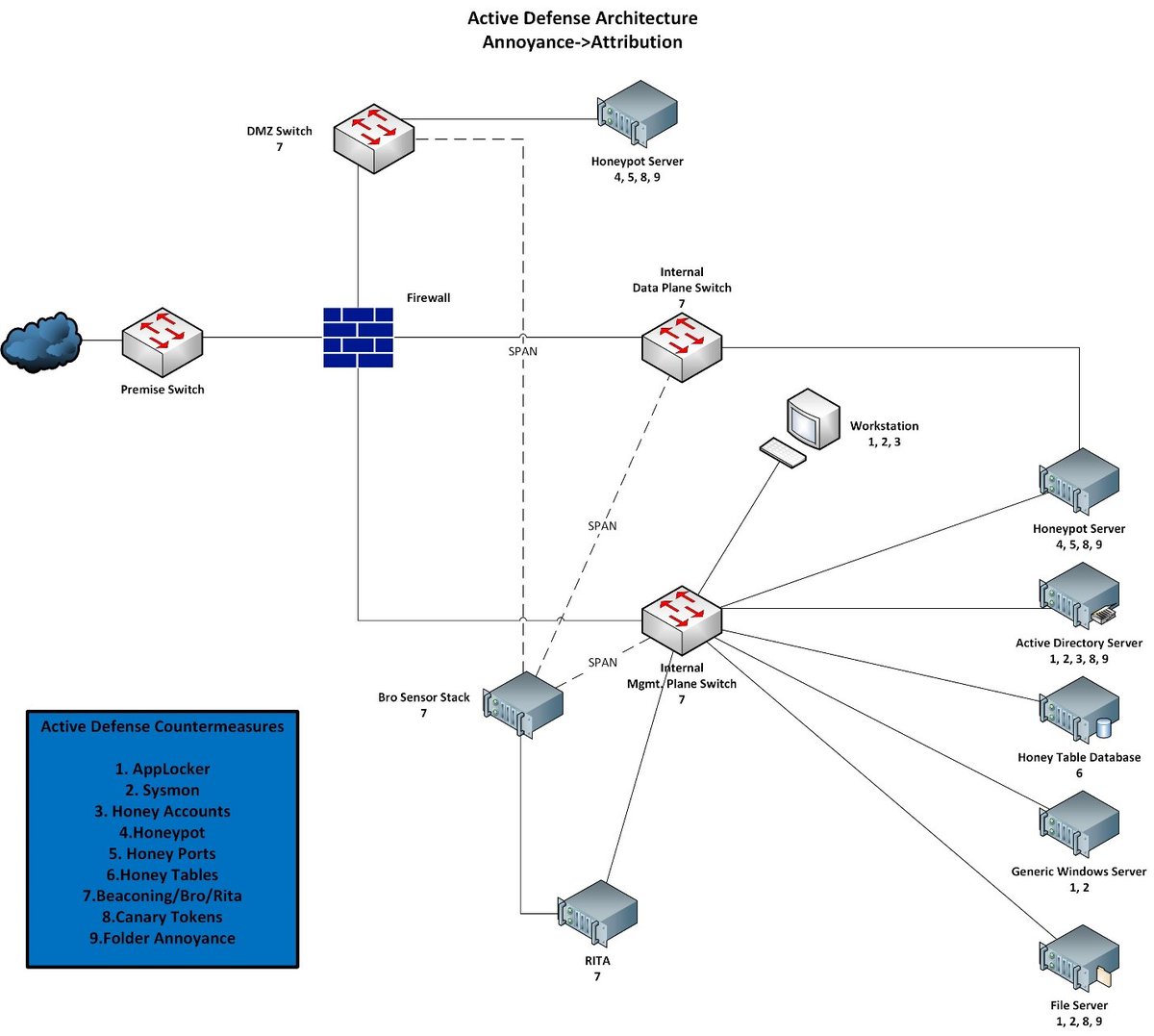
I saw a tweet from @_jayprimo about wishing he had some cheat sheets when learning cyber tools. So, I wanted to make this thread for new folks who want to learn about some of the most used cyber tools (free labs/walkthroughs/command cheat sheets)👇
NMAP is used for discovering hosts/services on a network. Normally first step in enumeration by pentesters.
@RealTryHackMe has a free lab, here is my walkthrough video of the room (link to the room is in the vid des) and a handy syntax sheet I use a lot!

@RealTryHackMe has a free lab, here is my walkthrough video of the room (link to the room is in the vid des) and a handy syntax sheet I use a lot!

Netcat is used to transfer files/make remote backdoor connections. Used with other pentesting tools like metasploit (we'll hit that too).
Used in a bunch of free @tryhackme rooms, here is one of my walkthroughs with it. @SANSInstitute cheat sheet!


Used in a bunch of free @tryhackme rooms, here is one of my walkthroughs with it. @SANSInstitute cheat sheet!


Metasploit is a modular tool that allows you to enumerate and exploit vulnerabilities. Very easy format to learn the basics
Again, free @RealTryHackMe rooms and my walkthrough😂. Solid cheatsheet by @hacklido

Again, free @RealTryHackMe rooms and my walkthrough😂. Solid cheatsheet by @hacklido

Wireshark allows you to capture data packets and analyze them. Useful for cyber and IT troubleshooting (network/system engineers use it alot!).
You know the deal already...free @RealTryHackMe room...a few of my Wireshark vids

You know the deal already...free @RealTryHackMe room...a few of my Wireshark vids

Hydra is a basic tool used for brute forcing passwords with a word list.
Free @RealTryHackMe and my walkthrough vid...


Free @RealTryHackMe and my walkthrough vid...


These tools are free and you can use them in test virtual labs like in the videos above, or you can download and use them in a home lab (use them on systems you have permission to).
If you want to get them all at one time, you can download Kali Linux...
kali.org
If you want to get them all at one time, you can download Kali Linux...
kali.org
If you are new or looking for some additional career and technical resources, I put out some entertaining and useful stuff...
Checkout my YouTube/Twitch channel CyberInsight
youtube.com/c/cyberinsight
twitch.tv/cyberinsight
My blogs and newsletter:
cyberinsight.tech
Checkout my YouTube/Twitch channel CyberInsight
youtube.com/c/cyberinsight
twitch.tv/cyberinsight
My blogs and newsletter:
cyberinsight.tech
• • •
Missing some Tweet in this thread? You can try to
force a refresh


